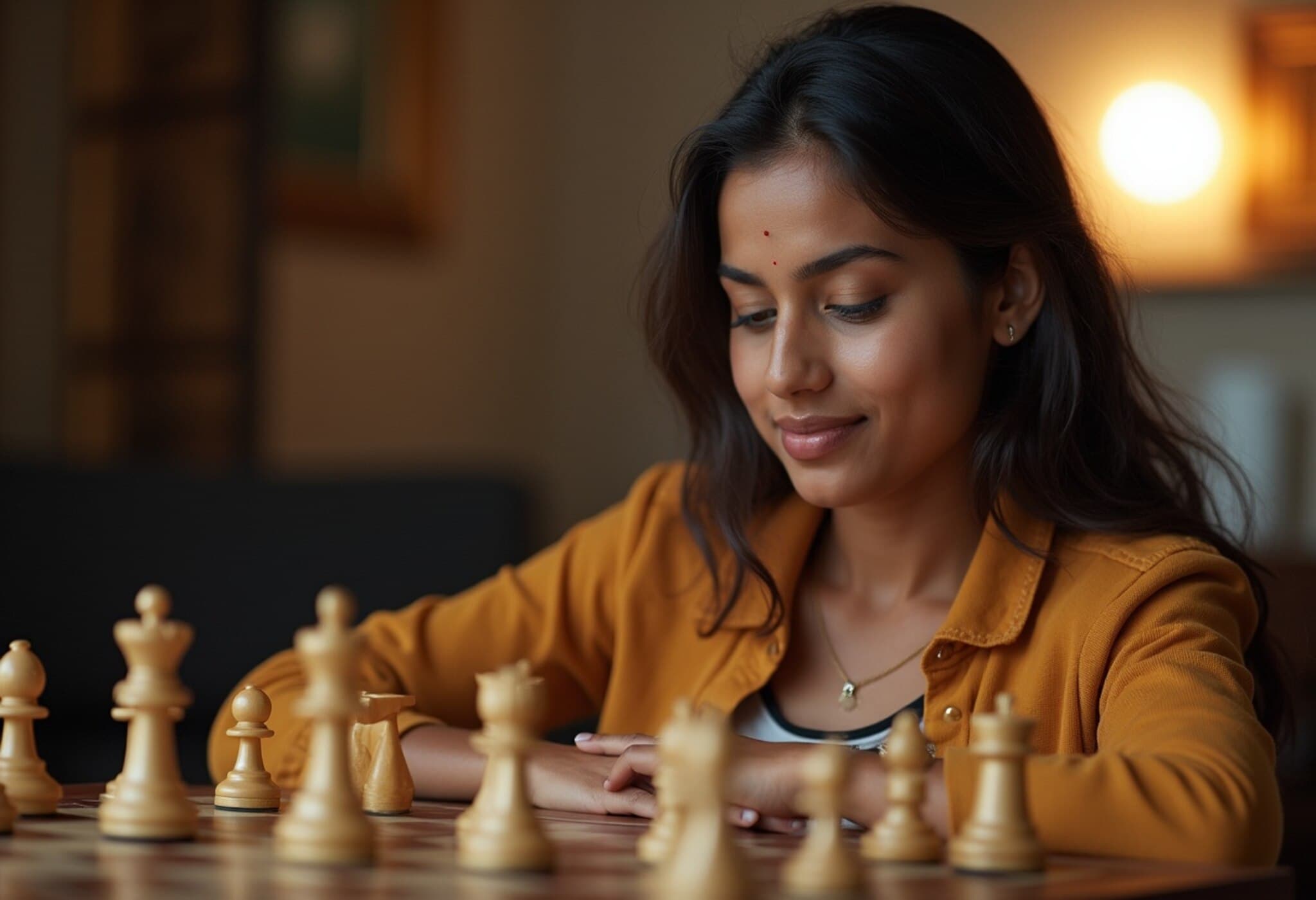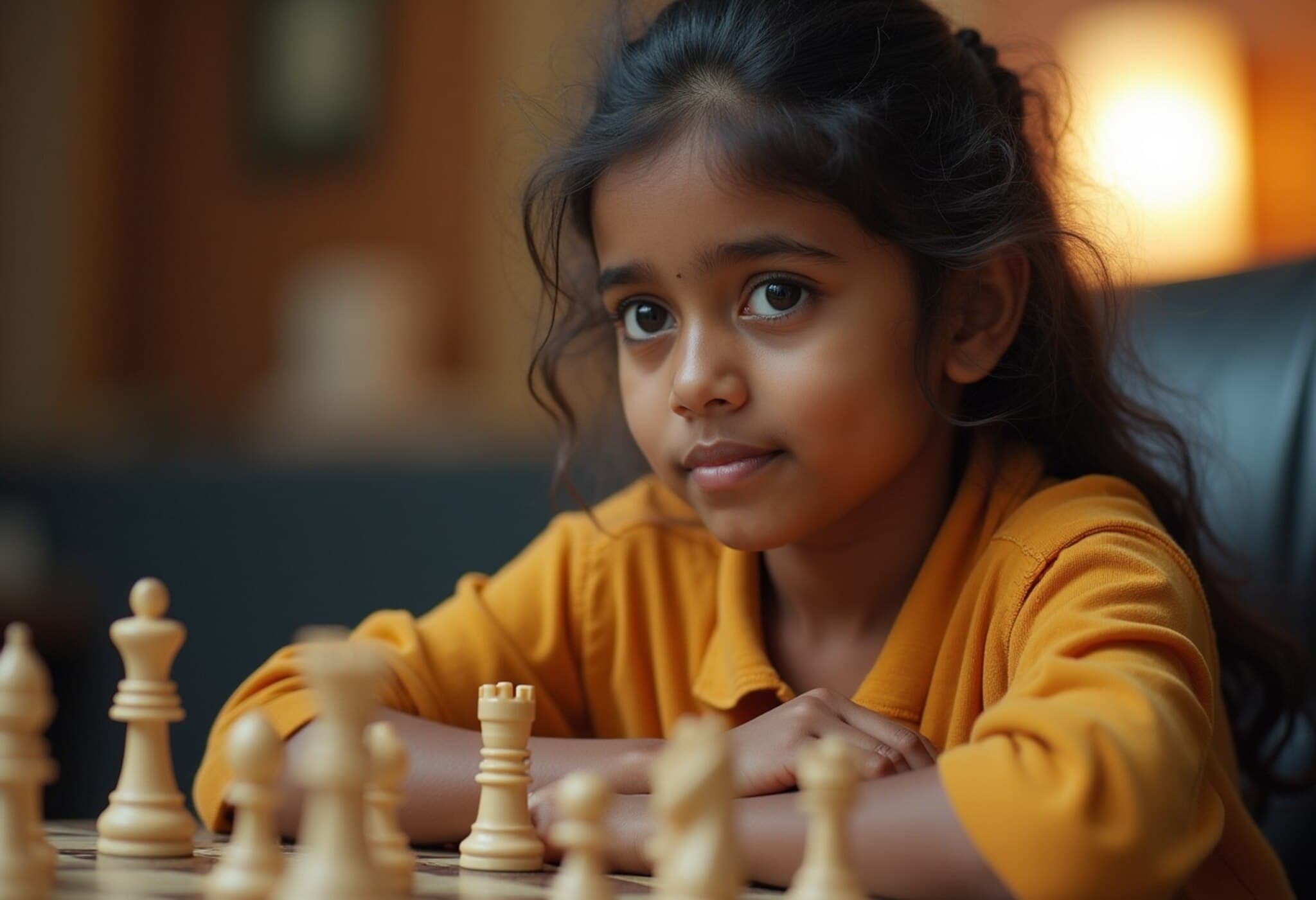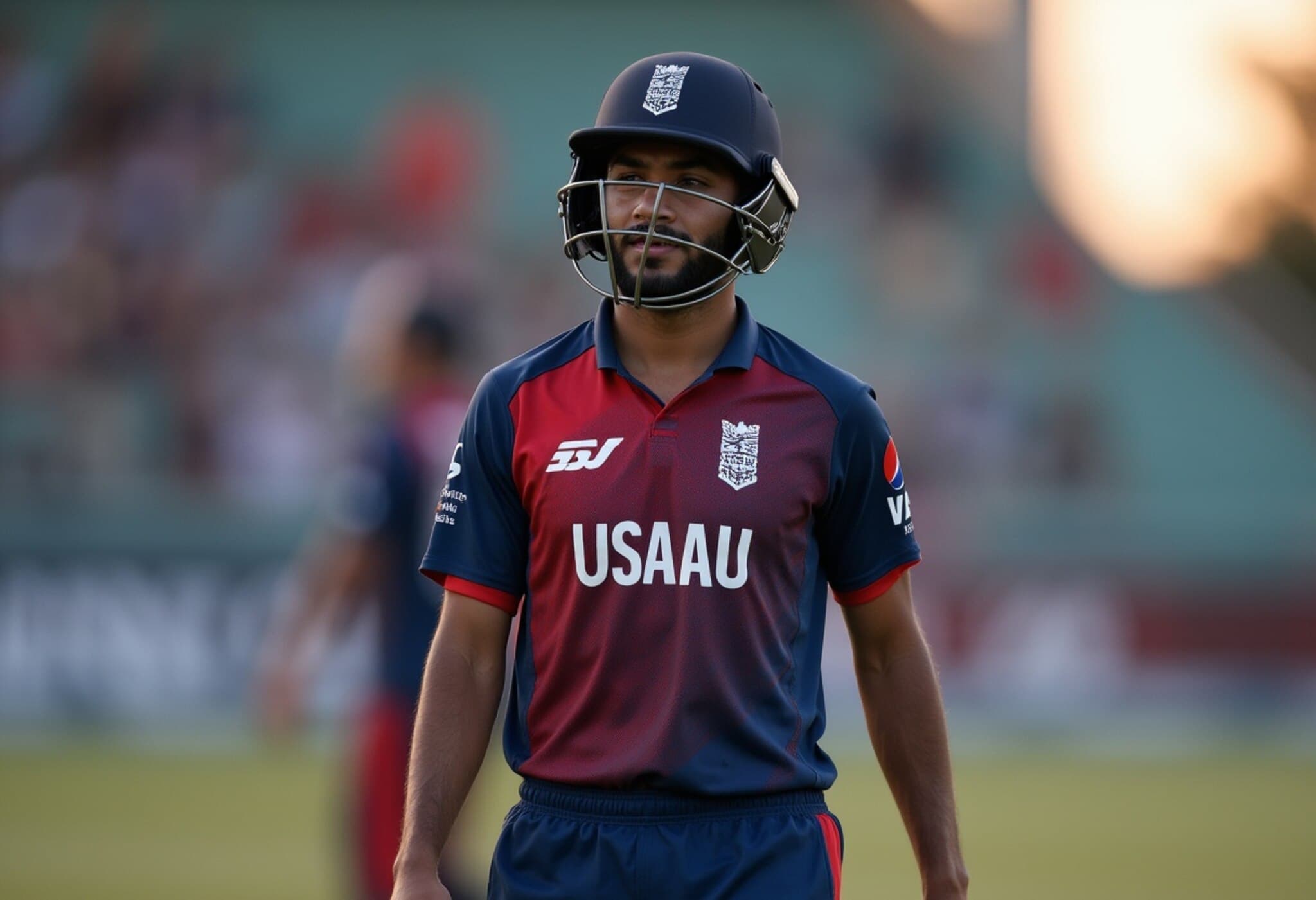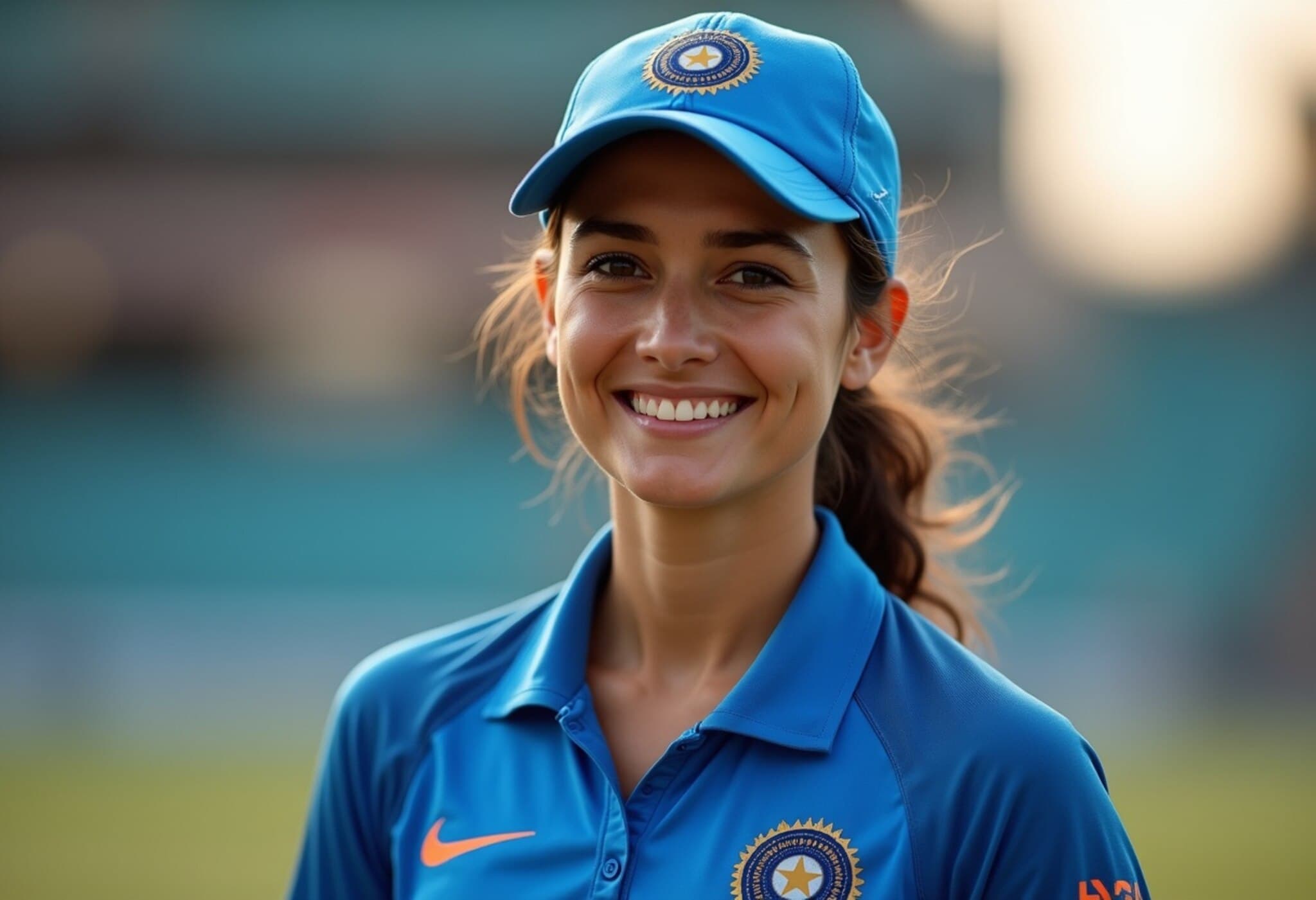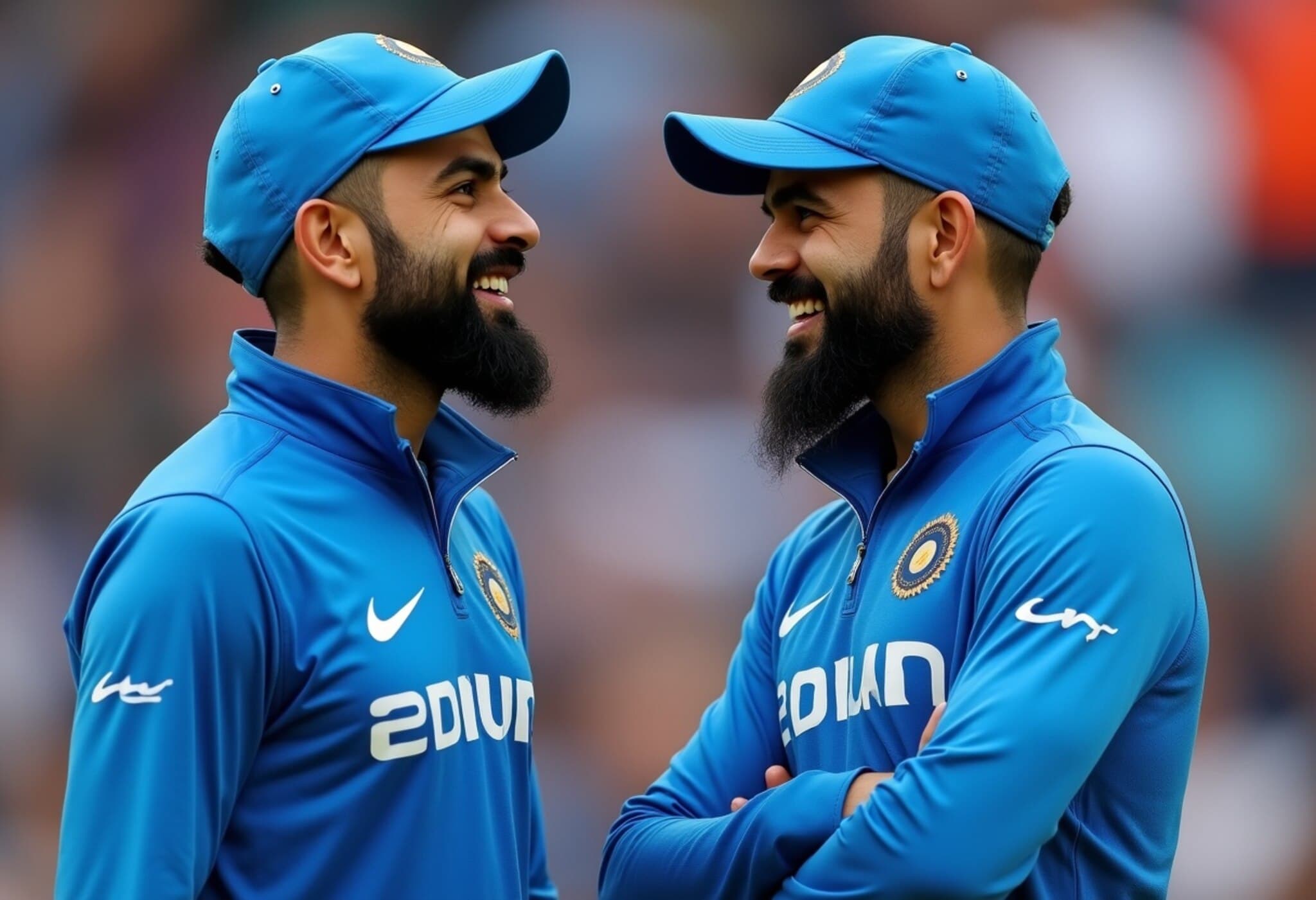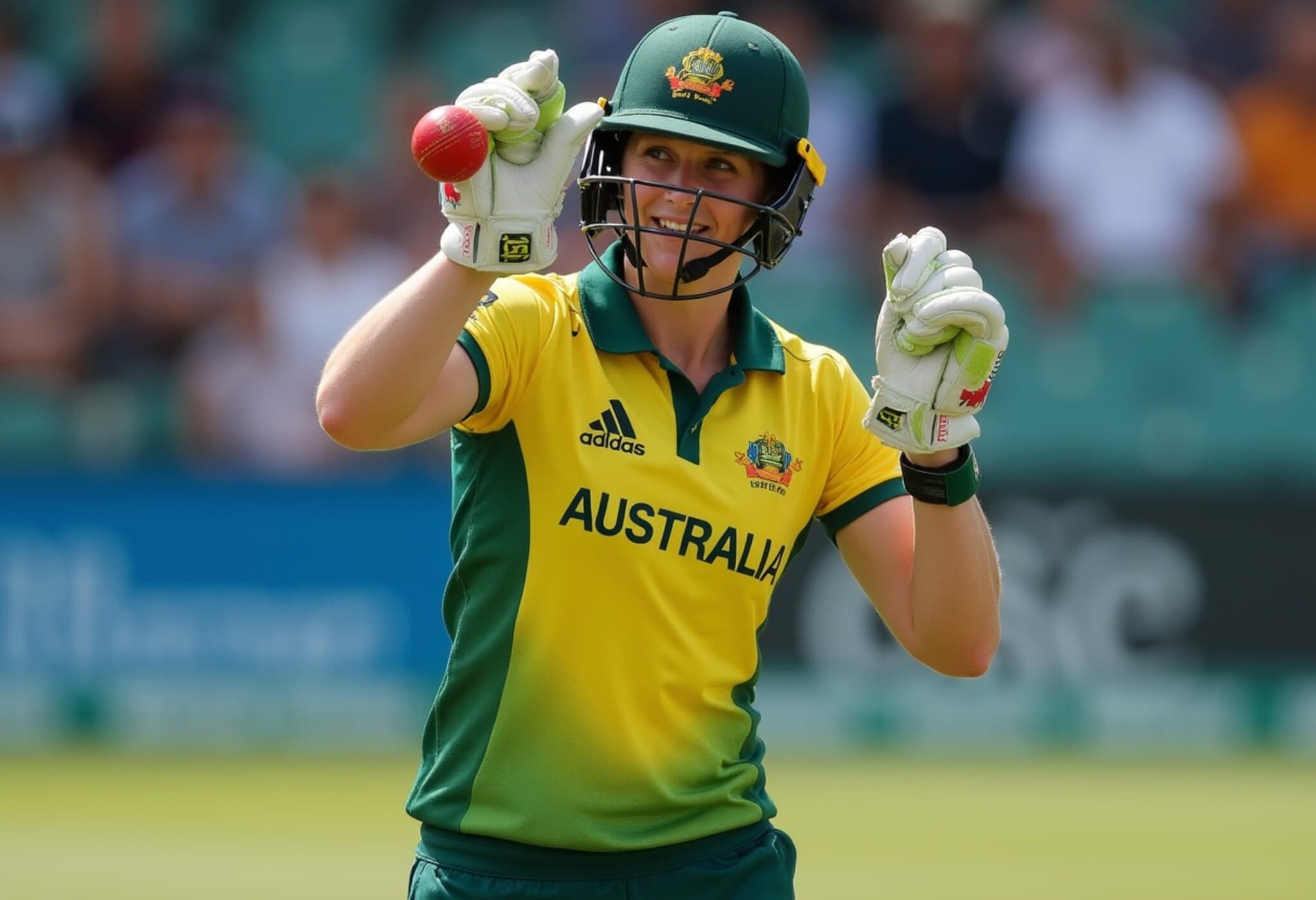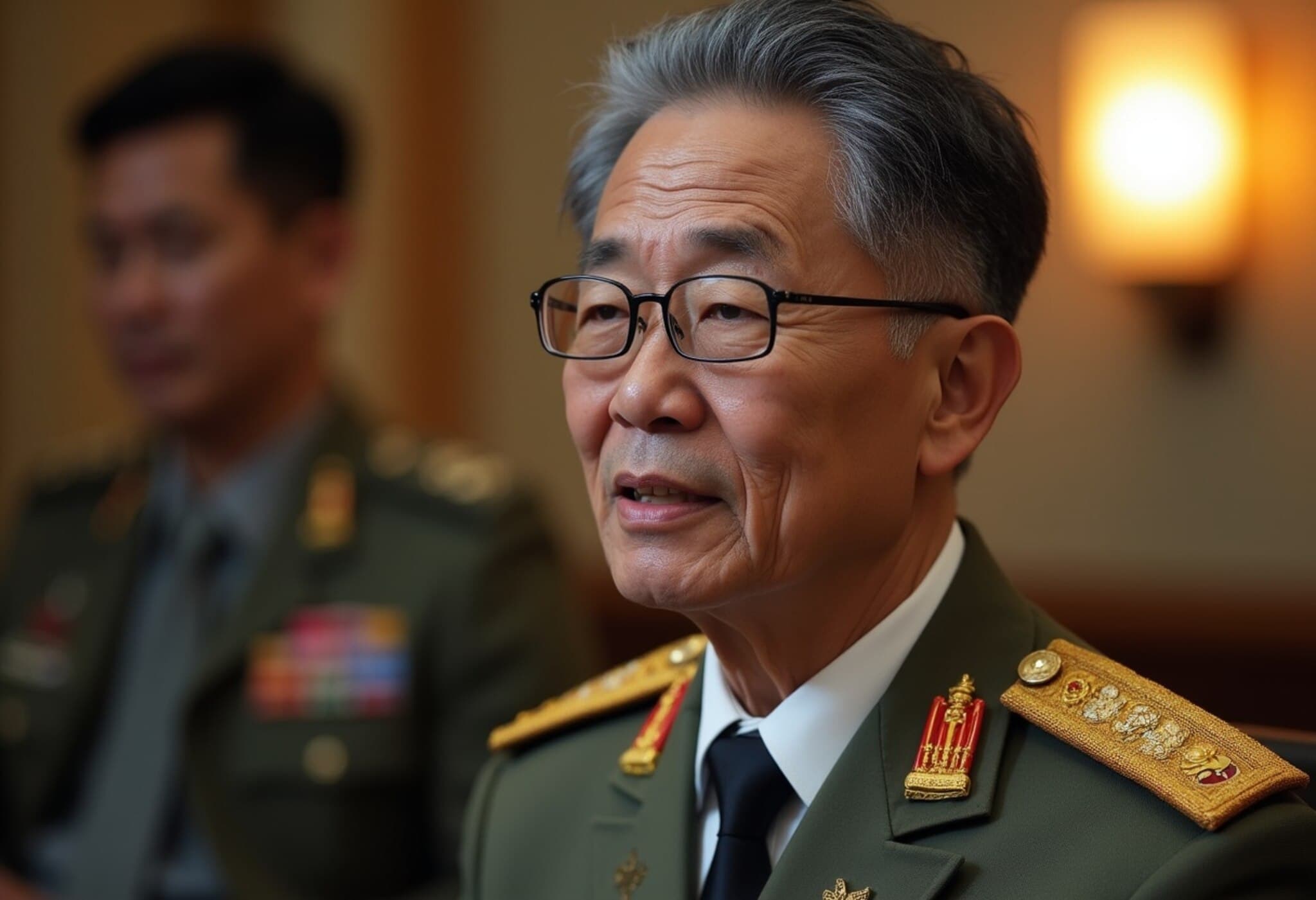A Legacy of Indian Women in Chess: From Early Pioneers to Modern Champions
When Divya Deshmukh clinched the FIDE Women's World Cup title in July 2025, earning her the prestigious grandmaster title, it was more than just a personal triumph — it was a beacon of inspiration for India’s chess community, especially young women. For 18-year-old Shivika Rohilla, founder of a women-focused chess academy in Delhi, Deshmukh’s win represents the breaking of barriers in a sport historically dominated by men.
The Historical Roots of Indian Women in Chess
Chess is a strategic game deeply embedded in Indian culture, evolving from the ancient game Chaturanga. Interestingly, as detailed in chess grandmaster Yuri Averbakh’s research, Indian women have engaged with chess-like games for centuries. In South India’s rice fields, women would play Thaayam, a ground-drawn board game with sticks and tamarind seeds, doubling as a pastime during harvest seasons.
Miss Fatima: The Forgotten Trailblazer of 1930s Britain
Long before modern champions, a remarkable figure named Miss Fatima quietly made history. In 1933, without much recorded detail about her full name or background, she won the British Women's Chess Championship in England by an unprecedented three-point margin — a feat rarely matched for nearly three decades.
Miss Fatima was linked to Nawab Malik Sir Umar Hayat Khan, a patron who also supported chess legend Mir Sultan Khan. The Hastings and St Leonards Observer called her a “charming devotee” of chess, emphasizing the significance of an Indian woman eclipsing traditional European dominance so decisively. Yet, her story slipped through the cracks of history, overshadowed by male counterparts and lacking archival recognition.
The Evolution and Growth of Women’s Chess in India
For decades after, women like the Khadilkar sisters and Bhagyashree Thipsay began carving out spaces in Indian chess. According to Grandmaster Ramachandran Ramesh, the Chennai-Tamil Nadu region historically nurtured most Indian chess talent due to active local associations and frequent tournaments. This chess ecosystem fostered both men and women players, although female representation remained modest.
Today, figures such as Koneru Humpy, Harika Dronavalli, and the young Divya Deshmukh represent a new generation boasting international recognition and success, a testament to ongoing progress despite structural challenges.
Why Are Fewer Women Making the Leap? Societal and Economic Barriers
Expert insights reveal a complex web of factors limiting women’s fuller participation in chess:
- Social perceptions: Professor Ceyda Mumcu from the University of New Haven points to entrenched gender biases, noting chess, like many competitive arenas, is shaped by broader societal views that subtly discourage female ambition.
- Participation gaps: Grandmaster Srinath Narayanan explains that fewer women in tournaments mean reduced competition and lesser role models, affecting motivation and skill advancement.
- Economic constraints: Shivika Rohilla highlights the steep costs involved — monthly investments of Rs 2-3 lakh for coaching and international travel pose formidable barriers for many aspiring women players.
- Tournament structure: The separation between women’s and open categories creates strategic dilemmas. While women’s tournaments offer better prize incentives, open categories provide tougher competition, yet see far fewer female participants.
Global Comparisons and the Road Ahead
Examining countries like China and Russia, where chess is introduced to children at a young age regardless of gender, reveals the impact of systemic support. India’s growing chess infrastructure, including academies and increased female participation, signals positive change, though gaps remain.
Grandmaster Ramesh urges optimism: “While it is easy to be cynical, the surge in women players today compared to a few years ago is encouraging. Continued investment in grassroots, coaching, and international exposure will be key.”
Expert Perspectives: Bridging the Divide for Women in Chess
Several critical questions emerge in light of this examination:
- How can India create sustainable funding and sponsorship models that ease the financial burden on women chess players?
- What role can grassroots programs play in challenging social stereotypes and encouraging early engagement among girls?
- Should the chess community reconsider tournament structures to better integrate and inspire female competitors?
As India celebrates Divya Deshmukh’s victory, this milestone offers not only a moment of pride but also an urgent call to address the persistent inequalities that restrict women in chess. Encouragingly, the current wave of talent and changing attitudes mark a promising beginning for a more inclusive future.
Editor’s Note
Indian women have journeyed from obscured origins such as Miss Fatima's nearly forgotten championship in 1933 to contemporary global stages dominated by champions like Divya Deshmukh. Their stories illuminate not just sporting triumphs but also the socio-economic and cultural challenges women face in competitive arenas. As chess becomes more accessible and equitable, these narratives urge policymakers, coaches, and communities to foster environments where women’s talents can thrive uninhibited by financial or societal barriers. The question remains: what concrete steps will catalyze this transformation sustainably?
Author's contact: [email protected]

